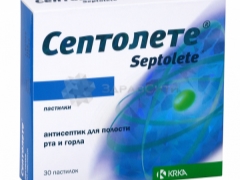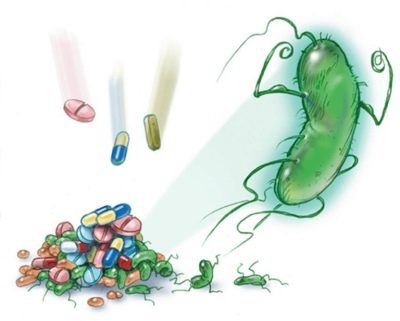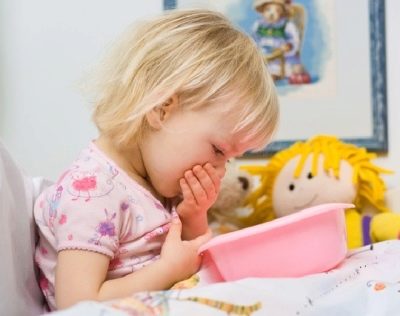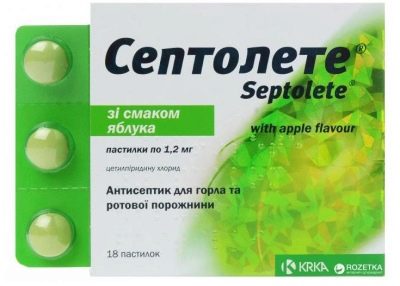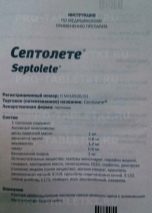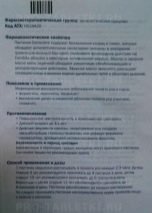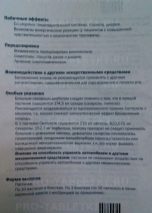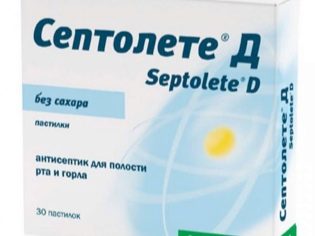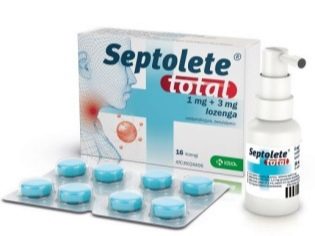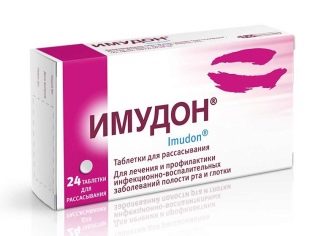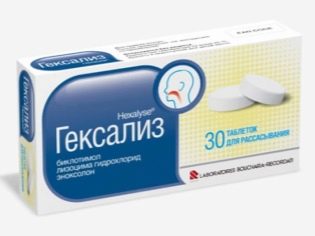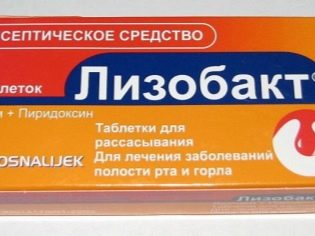Septolete for children: instructions for use
Septoleta is a drug from the group of antiseptics and is often prescribed for adults with diseases of the throat or damage to the oral cavity. But is this medication allowed for children and in what cases can it be given to children?
Release form and composition
Septolete is pastes that are pleasant to the taste, which are produced by the well-known company KRKA from Slovenia. They are sold in packs of 30 pieces and packaged in 2 or 3 blisters. The lozenges themselves have a greenish color (sometimes with white dots), they are round and convex on both sides.
The effect of this drug is provided by five ingredients at once:
- Benzalkoniya chloride contained in a dose of 1 mg in each of the lozenges.
- Peppermint oil, also presented in the amount of 1 mg in 1 pastilka.
- Levomenthol, which in each lozenge is 1200 mcg.
- Thymol and eucalyptus oil. These substances are contained in one lozenge in a dosage of 600 µg.
Among the auxiliary components of the drug are dextrose, povidone, dyes, liquid paraffin, sucrose, sorbitol and other substances.
Operating principle
Septolete has antiseptic properties thanks to benzalkonium timol and chloride. Such substances affect many bacteria, and are also active against some fungi (including Candida) and viruses. The presence of mint and menthol essential oil in the medication gives the lozenges a moderate anesthetic effect. Eucalyptus oil is added to the drug to facilitate breathing by reducing the production of mucus in the cells of the respiratory tract.
Indications
The drug is used in patients:
- pharyngitis;
- stomatitis;
- tonsillitis;
- laryngitis;
- gingivitis.
From what age is prescribed?
According to the manufacturer, Septolet should not be given to children under 4 years old. If the child is 3 years old or less, another antiseptic should be used to treat it.
Contraindications
Lozenges are not assigned to children who have found hypersensitivity to any of their components. Since the composition of Septolette includes milk sugar and other carbohydrates, the drug is contraindicated for fructose intolerance, deficiency of lactase, galactosemia and other inherited disorders of the absorption of sugars.
Not recommended lozenges and patients with diabetes.
Side effects
Some children react to the drug with diarrhea or nausea. In addition, in rare cases, the drug provokes an allergic reaction.
Instructions for use
The drug is given to the child on one pastilka with an interval of at least two to three hours:
- for children 4–9 years old, 4 lozenges are considered acceptable per day by Septolete;
- for patients 10-11 years old - 6 lozenges;
- adolescents 12 years and older per day can be given up to 8 pieces.
The drug should be slowly absorbed, until it is completely dissolved by saliva. After applying some time to refrain from eating.
Overdose and drug interactions
If the dose is exceeded, negative symptoms may arise from the digestive tract, and treatment will be symptomatic. The drug should not be used simultaneously with any other antiseptic drugs that are absorbed in the mouth.
Terms of sale and storage
Septoleta sold without a prescription. The average price of one pack of such an antiseptic is 180-200 rubles. Shelf life of the drug - 2 years.Before its completion, lozenges should be kept in a dry place at temperatures below +25 degrees.
Reviews
They respond mostly well to the drug, confirming that the Septolet quickly copes with a sore throat, has a pleasant taste, and the packing of lozenges lasts a long time. The disadvantages of many parents include the short duration of the effect. In addition, some children do not like the smell of the drug, and in some cases the treatment with such lozenges caused allergies.
Analogs
In addition to Septolete, the same manufacturer produces other options for this medicine:
- Septolete D. Such pastilles are completely identical in composition to the Septolet and differ only in auxiliary components. They lack sugar (it is replaced by maltitol and mannitol), so that the drug can be prescribed for diabetes and does not harm the enamel of the teeth. In addition, due to the sugar-free environment, the antiseptic activity of the drug increases. Medication is given to children from 4 years of age.
- Septolet Neo. Unlike the usual Septoleta, in such lozenges with the taste of apple, sweet cherry or lemon there is only one active substance - cetylpyrinium chloride. The drug is prescribed for laryngitis, sore throat, stomatitis or gingivitis in patients older than 4 years.
- Septolet plus. This antiseptic also includes cetylpyrinium chloride, but it is supplemented with benzocaine, so it has a stronger analgesic effect. In addition, such a drug is released not only in solid form, but also in the form of a metered spray that is used to treat the throat in case of tonsillitis, pharyngitis or laryngitis. This medicine is used from 6 years of age.
- Septolete total. Like the previous type of medicine, this drug is represented in two forms: lozenges and spray for irrigation of the oropharynx. Their active ingredients are cetylpyrinium chloride and benzydamine, which has an anti-inflammatory effect. In childhood, this tool is not used (it is contraindicated up to 18 years).
If the use of Septolet is not possible, the medication can replace other antiseptics in the form of lozenges or tablets, for example:
- Geksoral tabs classic. The effect of this drug causes a combination of dichlorobenzyl alcohol and amylmetacresol. These tablets are used in children over 6 years old. Analogues of this tool are drugs Adzhisept, Strepsils, Gorpils, Astracept, Suprima-ENT and others.
- Faringosept. The basis of such tablets is amazon. Children are discharged from the age of three.
- Imudon. The effect of this drug is provided by lysates of various microorganisms. You can dissolve these pills from 3 years.
- Hexalysis. This combination remedy works by lysozyme, enoxolone and biclotymol. These tablets dissolve from the age of six.
- Lizobact. These tablets contain a combination of pyridoxine and lysozyme. The drug is used from 3 years of age.
- Laripront. This medicine also contains lysozyme, but it is supplemented with dekaliniya chloride. These tablets are used in children of any age.
- Grammidin children. In these tablets, in addition to the antiseptic cetylpyrinium chloride, there is an antimicrobial component represented by gramicidin C. The drug is given to children over 4 years old.
For more information on how to cure a child's sore throat, see the following video.
